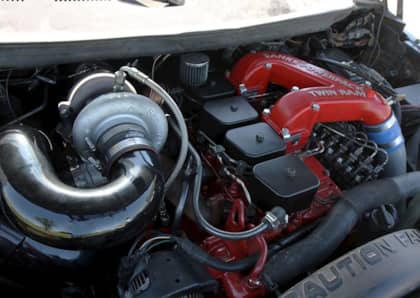Avoid The Dreaded $25,000 Cummins Diesel Engine Replacement In Your ‘19+ Ram Heavy-Duty
In 2019, the all-new, high output 6.7L Cummins destined for Ram heavy duty trucks was supposed to be the greatest engine ever. It boasted a compacted graphite iron block, stronger connecting rods, lighter pistons, an improved cylinder head and turned out an astonishing 1,000 lb-ft of torque—making it the first engine from The Big Three to reach such a figure. Unfortunately, part of the H.O. Cummins’ new valvetrain arrangement included hydraulic lifters rather than the tappet design that had been utilized from 1989 to 2018.
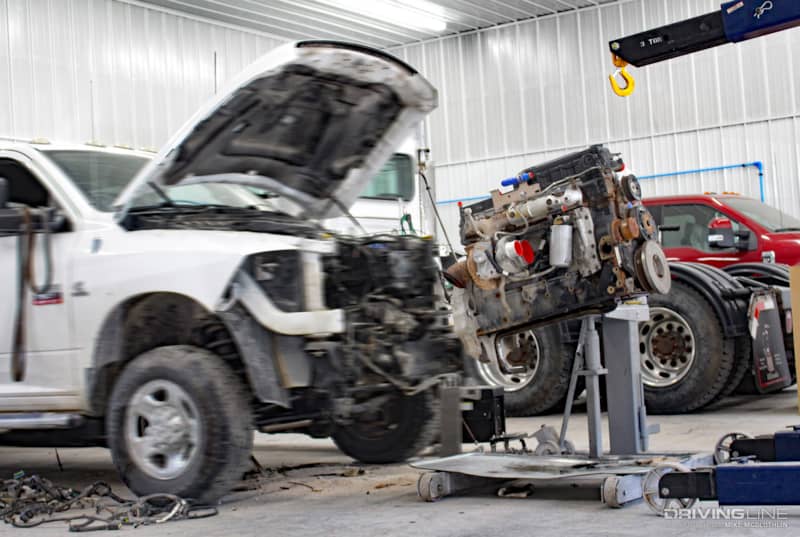
In short order, the hydraulic lifters became a problem—a problem that can take out the camshaft, and even the entire engine, if gone unnoticed. It's not so much the use of the hydraulic lifters that’s the issue, but rather the way they were designed. This time, we’re discussing the shortcomings of the hydraulic lifters used in the ’19-present 6.7L Cummins, what the symptoms are when one is failing and also showcase two aftermarket solutions that can help you avoid a major engine failure.
Why The Switch? Less Noise And Low Maintenance
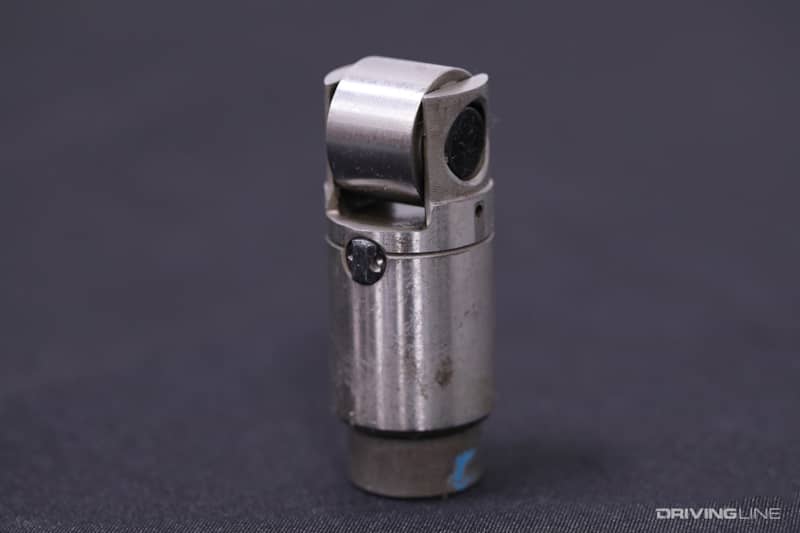
To eliminate the need for customers to perform valve lash adjustments, as well as to quiet down the valvetrain, self-adjusting hydraulic lifters became part of the 6.7L Cummins’ hard part makeup beginning in 2019. Prior to that point (and since the arrival of the 5.9L for the ’89 model year), Cummins had employed tappets, which were known to be extremely reliable. The switch to hydraulic lifters wasn’t initially a cause for concern. After all, Ford had been successfully using hydraulic lifters in its Power Stroke engines since ’94.5. With the ’19-newer Rams, it’s more about the design of the hydraulic lifters than anything else.
Why They Fail
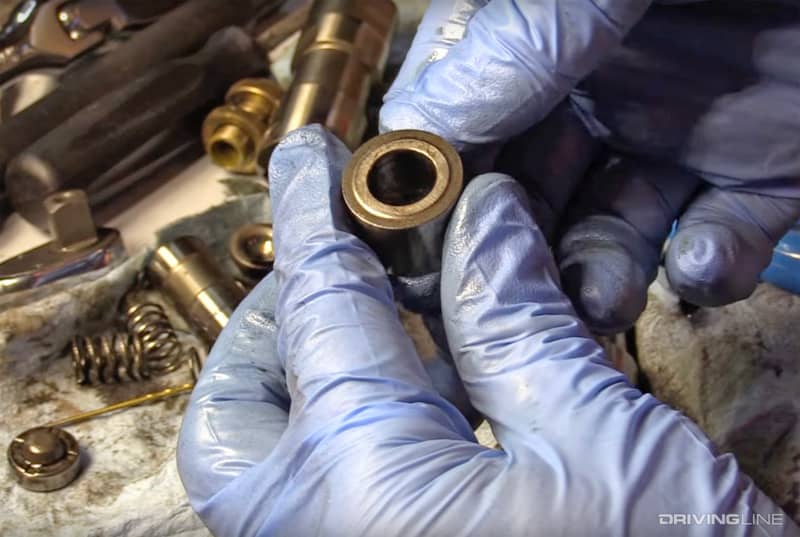
There are multiple red flags when it comes to the design of the hydraulic lifters employed in the ’19-newer 6.7L Cummins. First and foremost, there are no needle bearings in the roller (in comparison, Power Stroke units do have them). Secondly, ultra-tight tolerances within the roller assembly doesn’t lend itself to adequate lubrication (and cooling) from engine oil, along with the oil passages in the bodies being undersized. Additionally, thicker viscosity engine oils often fail to sufficiently pressurize when cold, hence the TSB issued by Ram stating that 15W-40 is not to be used in ’19-newer engines. Can running the correct engine oil help avoid the failure? In the opinion of most, it may put it off, but it still won’t rule out the failure from happening at some point.
An Added Point Of Potential Failure
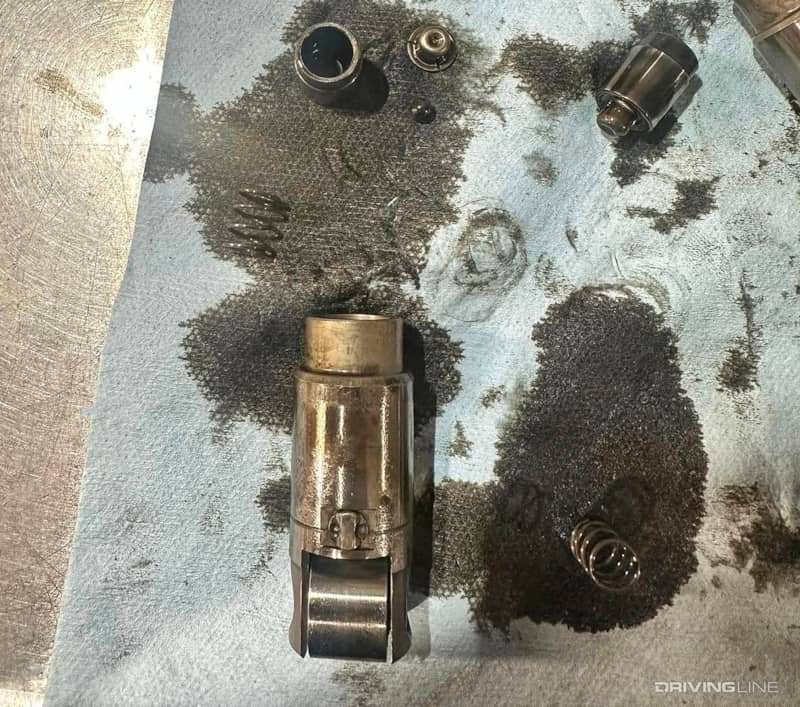
If the lack of needle bearings and improper oiling don’t take the hydraulic lifters out, the steel alignment dowel pin that’s pressed into the lower section of the lifter body could certainly do the trick. On the same level as the killer dowel pin found in 12-valve 5.9L engines (and many 24-valve ISB’s), this pin could potentially back out of the lifter body at some point in the engine’s life. If (or when) this happens, catastrophic engine damage could be on the table. The steel dowel pin is necessary to keep the lifter from twisting in its bore, but it doubles as an expensive accident waiting to happen.
Symptoms Of Lifter Failure
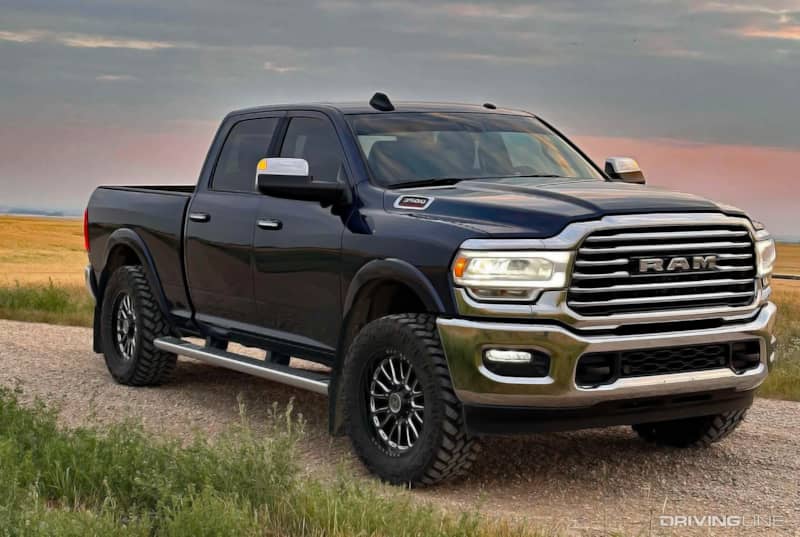
Early signs of hydraulic lifter failure are most pronounced during initial startup, when engine oil temp is cool and unable to flow as well as it does once it’s up to operating temp. It’s typified by a ticking, tapping, typewriter-like sound emanating from the top-end of the engine. In some ’19-newer engines, lifter tapping begins within the first 10,000 miles. Believe it or not, if you make it 100,000 miles or beyond without experiencing lifter noise, that’s considered a high-mile application. This is a far cry from the valvetrain reliability enjoyed by every previous generation of Cummins offered in Ram trucks.
What Happens?
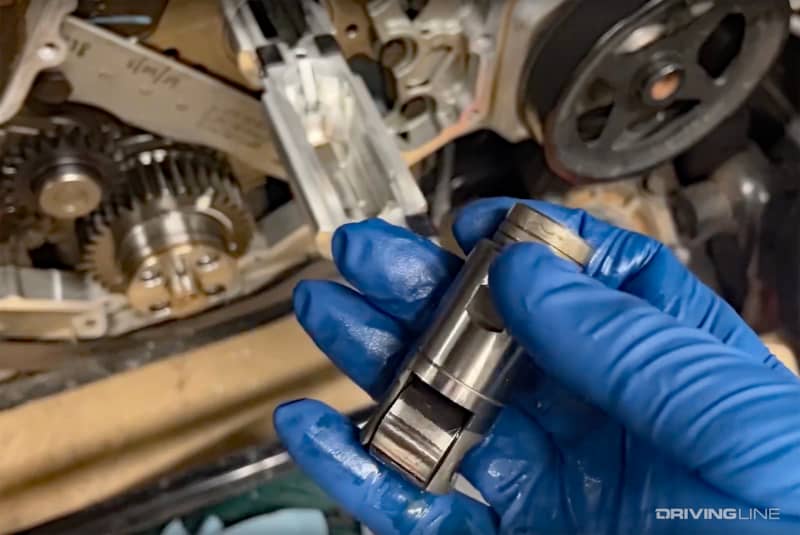
If or when the lifter cannot get adequate lubrication, the lifter can collapse, the roller can burn, eventually blacken and ultimately seize up. Once seized, the roller will no longer ride on its corresponding camshaft lobe, with ever-increasing friction leading to gouging of both the roller and cam. Adding insult to injury, the shrapnel produced during the roller-to-cam contact contaminates the engine oil. If an engine is completely trashed due to the failure, and the truck is out of the manufacturer’s warranty, a replacement 6.7L Cummins runs $25,000 to $27,000 at your average Ram dealership. Note: running 15W-40 engine oil will likely void your warranty.
When You Address It…
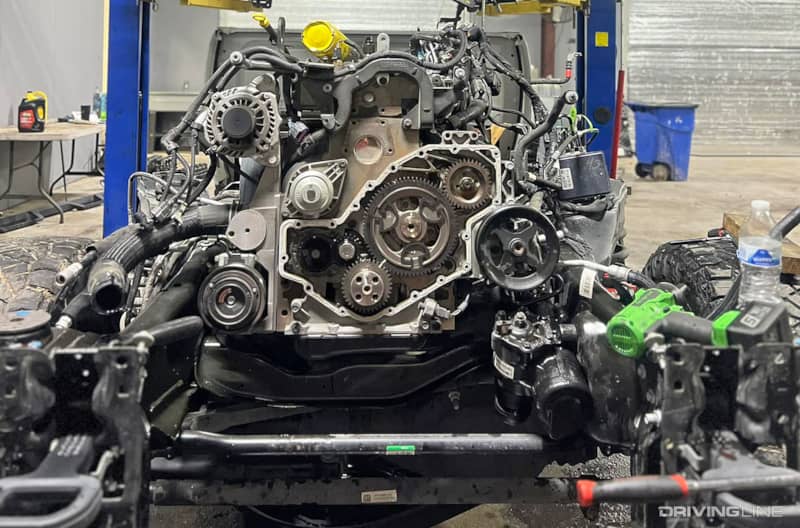
…You get a brand-new truck with the cab up and the engine pulled, or the front of the truck torn off in order to access the front of the engine. An in-frame repair can be made, but magnets are required to hold the lifters at the top of their bores while you remove the camshaft from the block, and a trough has to be employed (inserted into the cam tunnel) to collect all the factory lifters. In-frame lifter repairs aren’t exactly something a novice DIY’er should be tackling in his or her garage. If a lifter falls, you’re pulling the oil pan…
Solution 1: Solid Lifter Conversion
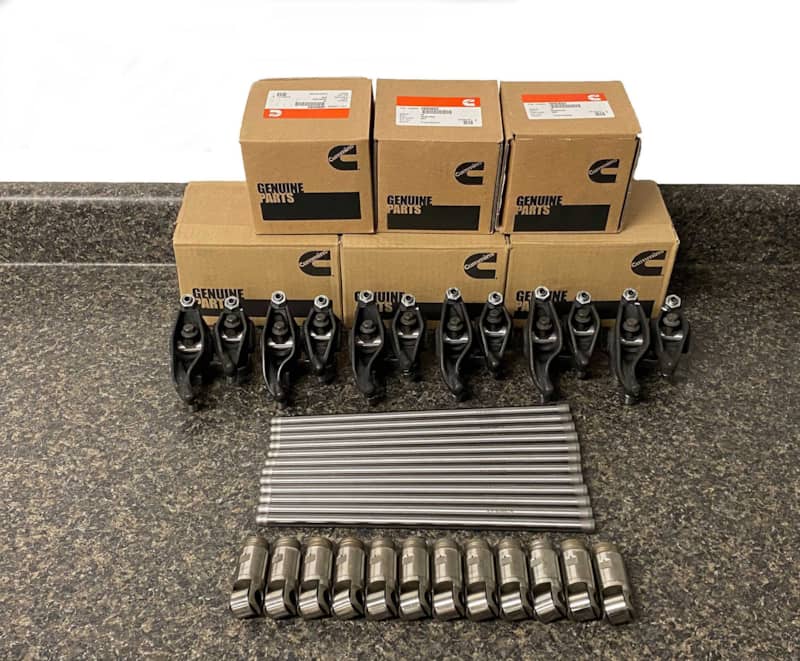
Bringing Cummins-like reliability back into the equation can be done by ditching the hydraulic portion of the factory lifters and converting them into solid lifters. Wagler Competition Products’ solid lifter conversion kit comes with upgraded and proper length Manton pushrods, OE adjustable rockers, and lifter spacers—the solid spacers (or plungers) being what gets added in place of the hydraulic section of the stock lifters. Wagler also offers a Jesel lifter upgrade if you don’t want to reuse your factory lifter bodies, are chasing four-digit horsepower or prefer a premium option. Additionally, one of Wagler’s Stage 1 Cummins cams (less the cam gear) can be thrown in for added lift and duration.
Solution 2: Flat Tappet Swap
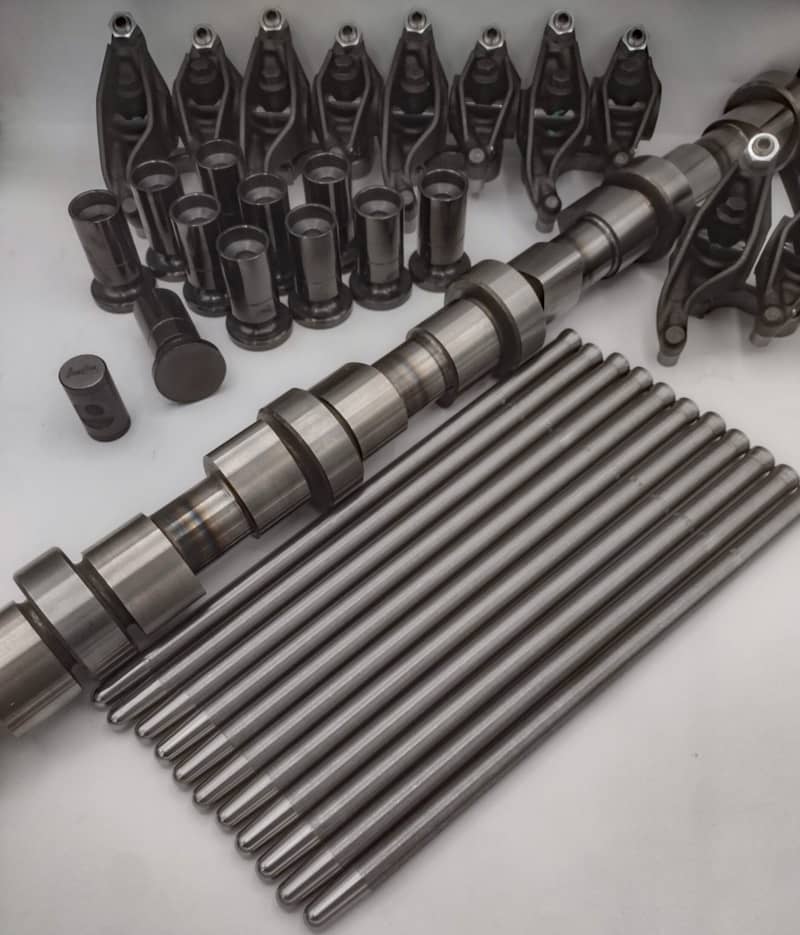
Hamilton Cams’ flat tappet conversion kit offers another path to improving the valvetrain reliability in the ’19-newer 6.7L Cummins, and it reverts your late-model engine back to the tried-and-true arrangement that was in place for 30 years. The all-inclusive kit features DLC coated tappets, Hamilton’s proven 178/208 “efficiency” cam to go along with the tappets, upgraded pushrods and adjustable rocker arms. The rockers are also fitted with DLC coated trunnions and benefit from improved oiling capability. This means you get low friction and exceptional hardness on the components that need it most, and the components also see better lubrication and cooling to keep them alive for the long haul.
More From Driving Line
- While the 6.7L Cummins will likely continue to use hydraulic roller lifters, a lot of other changes may be in the works for 2025 Ram heavy duties. Find out what we mean here.




